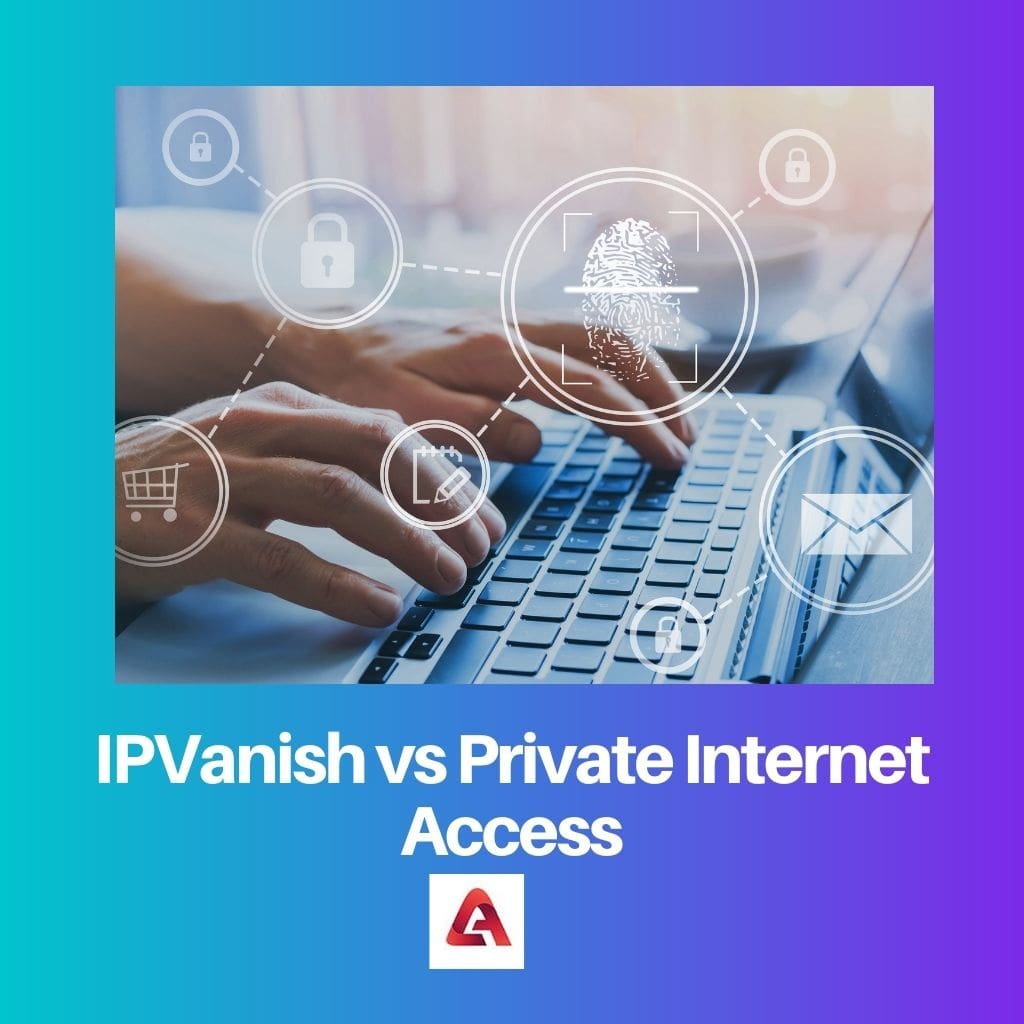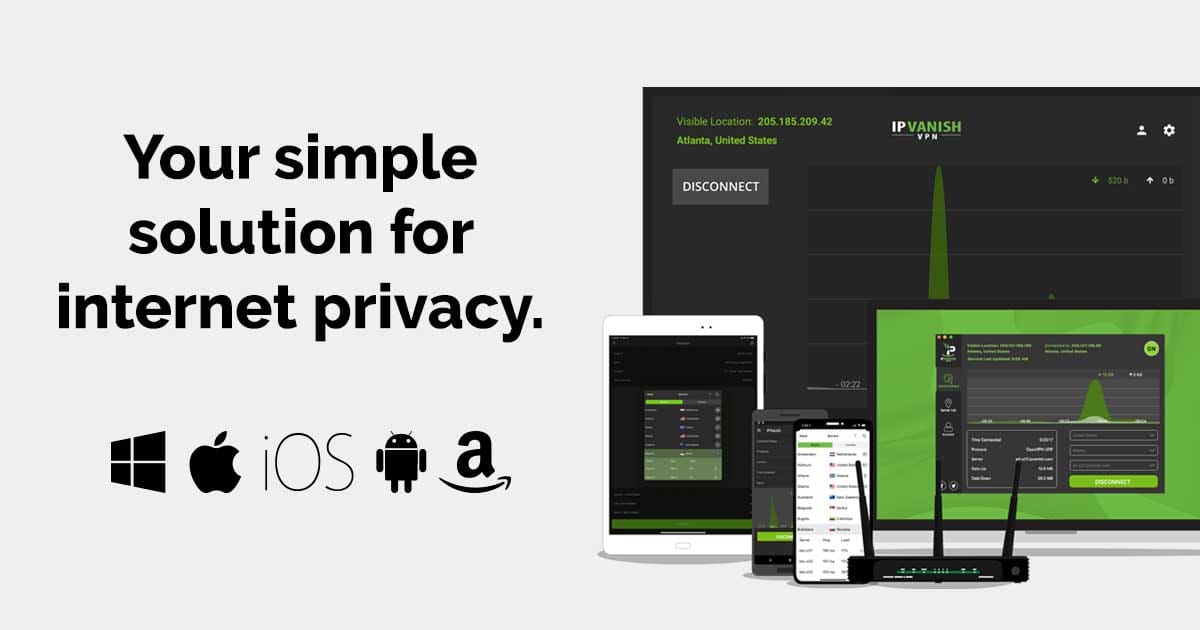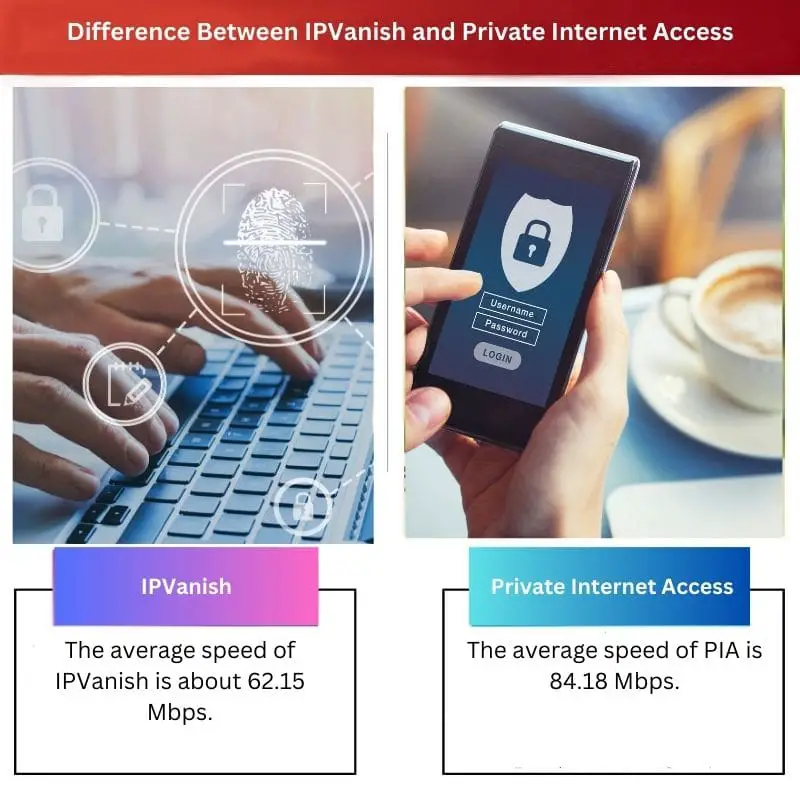IPVanish offers a user-friendly interface with robust encryption, extensive server coverage, and unlimited simultaneous connections, ideal for families or small businesses. Private Internet Access boasts advanced security features like ad and malware blocking, alongside fast speeds and a strict no-logs policy, catering to privacy-conscious users seeking comprehensive anonymity. Ultimately, the choice depends on priorities, with IPVanish excelling in usability and scalability, while Private Internet Access prioritizes privacy and security features.
Key Takeaways
- IPVanish and Private Internet Access are virtual private network (VPN) services providing online privacy and security.
- IPVanish has a more extensive network of servers and supports more simultaneous connections than Private Internet Access.
- Private Internet Access is more affordable and offers advanced features such as ad-blocking and malware protection.
IPVanish vs Private Internet Access
The difference between IPVanish and Private Internet Access is the service they provide. IPVanish has an average downloading speed of 61.25 Mbps, whereas private internet access has 85.08 Mbps. IPVanish VPN is available in more than 50 countries. On the other side, PIA serves nearly 3o countries. Also, it is more affordable than IPVanish and gives browser extensions. Although the preceding supports BitTorrent, the subsequent does not.

Comparison Table
| Feature | IPVanish | Private Internet Access (PIA) |
|---|---|---|
| Server Network | 2,000+ servers in 51+ countries | 29,300+ servers in 84+ countries |
| Speed | Generally faster, especially on longer distances | Generally faster on nearby servers, may be slower on longer distances |
| Security | Strong encryption protocols (OpenVPN, WireGuard, IKEv2) | Strong encryption protocols (OpenVPN, WireGuard) |
| Privacy | No-logs policy | No-logs policy |
| Features | Unlimited simultaneous connections, SOCKS5 proxy, split tunneling (desktop only) | Split tunneling available on all platforms, built-in ad blocker, malware blocker |
| Price | Slightly more expensive (starting at $3.33/month) | More affordable (starting at $2.03/month) |
| Ease of Use | User-friendly interface, good customer support | User-friendly interface, good customer support |
| Best for | Streaming, high-speed connections, torrenting | Budget-conscious users, large server network, multiple device connections |
What is IPVanish?
IPVanish is a Virtual Private Network (VPN) service designed to provide users with secure and private internet access by encrypting their internet connection and routing it through a remote server. This service aims to enhance online privacy, security, and anonymity by masking the user’s IP address and encrypting their internet traffic.
Features
- Robust Encryption: IPVanish utilizes advanced encryption protocols such as AES-256 to secure users’ internet traffic, ensuring that their data remains private and protected from interception by hackers, ISPs, or government surveillance.
- Extensive Server Coverage: With a vast network of servers located in numerous countries around the world, IPVanish offers users the ability to bypass geo-restrictions and access content that may be blocked in their region. This extensive server coverage also helps improve connection speeds and reliability.
- User-Friendly Interface: IPVanish provides a user-friendly interface that makes it easy for both novice and experienced users to connect to VPN servers, customize settings, and manage their account. The intuitive design and straightforward setup process contribute to a hassle-free user experience.
- Unlimited Simultaneous Connections: IPVanish allows users to connect an unlimited number of devices simultaneously with a single subscription, making it an excellent choice for families, small businesses, or individuals with multiple devices.
Privacy and Security
- No-Logs Policy: IPVanish maintains a strict no-logs policy, meaning it does not collect or store any information about users’ online activities, ensuring their privacy and anonymity are preserved.
- Kill Switch: The IPVanish app includes a kill switch feature that automatically terminates internet connections if the VPN connection drops unexpectedly, preventing data leaks and ensuring continuous protection.
- DNS and IPv6 Leak Protection: IPVanish offers DNS and IPv6 leak protection to prevent accidental exposure of users’ IP addresses and DNS requests, further enhancing their online privacy and security.
- Multi-Platform Support: IPVanish is compatible with a wide range of devices and operating systems, including Windows, macOS, iOS, Android, and Linux, allowing users to protect their online activities on various devices.

What is Private Internet Access?
Private Internet Access (PIA) is a Virtual Private Network (VPN) service renowned for its focus on user privacy and security. PIA offers a suite of features aimed at safeguarding users’ online activities, protecting their identities, and ensuring secure internet access.
Features
- Advanced Security Measures: Private Internet Access employs top-tier encryption standards, including AES-256 encryption, to secure users’ internet traffic from potential threats such as hackers, surveillance, and data breaches.
- Ad and Malware Blocking: PIA includes built-in ad and malware blocking features to enhance users’ online experience by preventing intrusive advertisements and protecting against malicious software.
- No-Logs Policy: Upholding a strict no-logs policy, Private Internet Access refrains from logging users’ internet activities, ensuring that their online behavior remains private and inaccessible to third parties.
- Fast Connection Speeds: Despite its focus on security, PIA offers fast connection speeds, enabling users to stream content, download files, and browse the web without significant slowdowns or buffering.
Privacy and Security
- Kill Switch: Private Internet Access incorporates a kill switch mechanism that automatically halts internet traffic if the VPN connection becomes unstable or disconnected, preventing data leaks and maintaining user anonymity.
- DNS Leak Protection: PIA includes DNS leak protection to prevent the exposure of users’ DNS requests, thereby minimizing the risk of their IP addresses being compromised during online activities.
- Multi-Platform Compatibility: Private Internet Access supports a wide range of devices and operating systems, including Windows, macOS, iOS, Android, Linux, and more, ensuring that users can protect their internet connections across various platforms.
- Secure VPN Protocols: PIA offers a selection of VPN protocols, including OpenVPN and WireGuard, allowing users to choose the protocol that best suits their security and performance needs.

Main Differences Between IPVanish and Private Internet Access
- Focus on Features:
- IPVanish emphasizes usability with a user-friendly interface and unlimited simultaneous connections, catering to families or small businesses.
- Private Internet Access prioritizes advanced security features such as ad and malware blocking, along with a strict no-logs policy, appealing to privacy-conscious users.
- Server Coverage:
- IPVanish boasts extensive server coverage in numerous countries worldwide, enabling users to bypass geo-restrictions and access content.
- Private Internet Access offers secure VPN protocols like OpenVPN and WireGuard, ensuring a robust and customizable security experience.
- Speed and Performance:
- IPVanish provides fast connection speeds, facilitating smooth streaming and browsing experiences.
- Private Internet Access offers fast connection speeds alongside advanced security measures, maintaining performance while prioritizing user privacy and security.


Both IPVanish and Private Internet Access (PIA) offer great features, but I appreciate the wider server network and unlimited simultaneous connections provided by IPVanish. It gives me peace of mind in terms of privacy and accessibility.
I’m a fan of PIA’s advanced features like ad-blocking and malware protection, but IPVanish’s extensive server network is a major plus for users with specific geographic needs.
I agree, the larger server network and unlimited connections are definitely appealing and make IPVanish a strong contender in the VPN market.